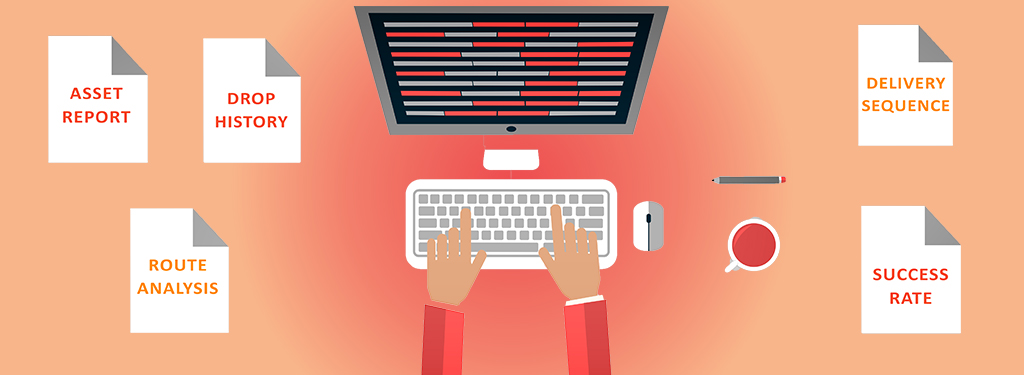
AI & the Future of Transportation Analytics
by Mr. Murari S.
ProConnect proudly presents NethraPro, a revolutionary AI tool that helps take proactive actions to ensure timely and accurate delivery.
Transportation professionals and 3PL companies on a daily basis, are faced with the two questions that have been constants in the industry – Gaadi kaha hain? & Kab pohuchenge? (Where has the vehicle reached? & What’s the ETA?) Technology has been evolving constantly over the years to serve the most accurate answers to these questions. Special thanks are owed to modern-day data quality and the continual push towards the Internet of Things, for they ensure that the technology that is implemented realizes its full potential. Newer technologies have empowered transportation services to gain precise visibility of their vehicles while they are in the field. Although, the inferences that are derived from this visibility are largely reactive in nature. In the supply chain domain, specifically in transportation, data analytics technology is at quite a nascent stage and a lot of scope for improvement still exists in terms of its maturity. Hence there is an urgent need for a tool that accurately tracks assets and delivers relevant data for analysis.
We at ProConnect Supply Chain Solutions Ltd. are proud to introduce NethraPro – an intuitive AI tool that tracks the estimated date of delivery and the estimated time of arrival (EDD/ETA) of a trip with high precision and returns relevant data to its users. The software is designed to return accurate EDD/ETA values by taking historical data into account. We have implemented a predictive algorithm that fetches data and reconciles it with the client’s agreed EDD. Not only does NethraPro provide real-time visibility of our operating assets, but it also delivers relevant information for us to proactively take corrective measures before any possible infractions occur. At ProConnect, we consider this revolutionary AI tool a major USP that enables us to live up to the highest standards in transportation.
While transporting cargo, certain aspects of delivery are often left to the judgement of the drivers. Aspects like the routes to take or avoid, or the sequence of deliveries are left to the instinctive decisions of the drivers themselves. They draw conclusions based on their geographic knowledge and experience with past deliveries. In this situation, data analytics has massive potential, especially when coupled with real-time traffic data. When historic data- which available in abundance, is added to the mix, we have a powerful tool on our hands that helps optimize the delivery routes, sets delivery sequences and greatly improves the overall efficiency. Once these features become a part of daily SOPs of transport professionals, the results enable us to exceed client expectations by huge margins.
The transport industry is flooded with a plethora of delivery and traversal data. This includes historical data, timelines and load counts per operative. Unfortunately, most of this data is unclean and may not prove as useful when it comes to implementation for modern-day use cases. Some of this data is yet to be digitized and included in analytic reports in order to prove useful in the first place. Although, with the advent of warehouse management and transport management system (WMS and TMS) technologies, there is huge scope for real-time data collection which carries vast potential for razor-sharp analytics. In recent times, WMS, TMS, and other similar applications are seeing extensive adoption rates in 3PL companies for this very reason. A wide range of reports like inventory planning and freight analysis have been doing the rounds in almost every corporate, but the time has come for more advanced and intuitive real-time analysis. This will be the key to making meaningful decisions, making way for a more efficient supply chain process that satisfies every stakeholder. The future lies in real-time vehicle planning, vehicle utilization, and delivery scheduling backed by solid real-time data that is easy to comprehend and ready to be utilized.
The advent of technology, of course, goes hand in hand with the willingness to adopt it. It is observed in the transportation industry, that several SME and small fleet owners are still operating in the traditional fashion. This has been the case for a while and to adopt newer technologies would mean investing in resources, which requires a certain level of inclination on the part of the fleet owners. So, it is important to mention that to enable data capture and derive useful analytics, willingness to adopt this new-age technology is absolutely vital.